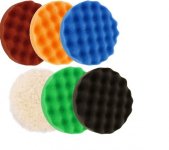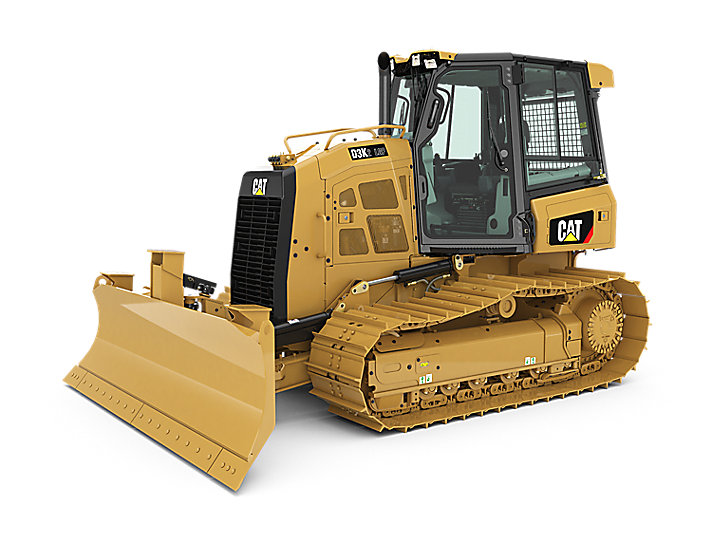…. was warned to stay away from the edges. Of course I goofed and went right through one edge in a flash!!...
Excellent point.
Steve, when buffing the flat areas it’s best to avoid the edges completely. Some guys even mask them off. Then, when it’s time to do them, slow the buffer speed down, pay very, very close attention and tilt the buffer slightly so that you
always buff off the edge.
Never buff into the egde.
…I wouldn’t worry about the dirt breaking out. ….
Ditto.
Steve, If you have air filters in your lines and you work with clean tools you shouldn’t get any dirt
in your paint. Dust nibs occur when a speck of dirt lands on the wet paint and warps the surface tension of the wet film. The dirt will still be on top but there will be a slight bump around it. Dust nibs can be removed with de-nibbing tools or abrasives.
…. I took a small piece of wet 500 …
I would caution against using #500. You’re just making more work for yourself. Since you’re concentrating all your energy a very tiny area you can typically work blemishes out with #1000 or #1500. That leaves only #1000 scratch to buff out.
Holy Jurassic Park, Batman! You can still get that stuff?
Seriously, I was cleaning out my parents’ garage a couple years back and found my 30+ year old of bottle of it. I posted pix on another car forum and got laughs form a couple of other geezers and dazed confusion from the youg’uns.
As the saying goes, “Well,
there’s your problem.”
Not saying that it’s a bad product, only that you need to understand why it exists and what its capabilities are. I’m pretty sure it was created during the Bronze Age to polish lacquer on Trojan chariots.
Let’s take a step back and try to get a little perspective on what you’re trying to accomplish.
Basically, you’re trying to smooth out your paint to the point where surface imperfections are imperceptible. You have a variety of tools, chemical and mechanical, of varying capabilities at your disposal. As with any tool, you’ll get the best results by matching the tool and technique to the task at hand. Some of those tools will remove larger imperfections quickly but leave telltale imperfections of their own. Others can remove very small imperfections.
This analogy may not be exactly to scale mathematically, but I think you’ll get the idea:
Think of your paint as if it were your garden. And you want it really flat and smooth so you can install a putting green. You’ve brought in loads of new, clean soil and it’s piled up and lumpy. You need to grade it out.
Blemishes like runs and dust nibs are like dirt piles about the size of your house. You could theoretically smooth them out with one of these.
But really, you should probably use one of these:
or
These are the equivalent of say #800 sandpaper.
Orange peel is about the size of a shed. Good tools for this would be:
or
These would be about #1000 to #1500 sandpaper.
Now that you have the piles flattened out it’s time to smooth the surface with very fine abrasives, compounds and polishes. They would be more like:
and
Liquid Ebony is a product called a glaze. Glazes aren’t really meant to remove defects. They’re intended to be sort of a final accent to an already defect-free finish. In our lawn analogy they would be about like this:

 Hey there Guest!
Hey there Guest!
 smilie in place of the real @
smilie in place of the real @
 Pretty Please - add it to our Events forum(s) and add to the calendar! >>
Pretty Please - add it to our Events forum(s) and add to the calendar! >> 










 A friendly reminder - be careful what links you click on here. If a link is posted by someone you don't know, or the URL looks fishy, DON'T CLICK. Spammers sometimes post links that lead to sites that can infect your computer, so be mindful what you click.
A friendly reminder - be careful what links you click on here. If a link is posted by someone you don't know, or the URL looks fishy, DON'T CLICK. Spammers sometimes post links that lead to sites that can infect your computer, so be mindful what you click.